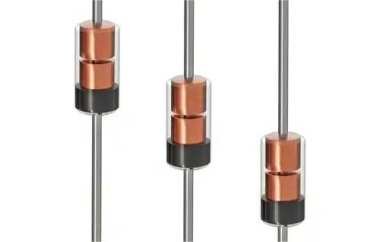Can PIN Diodes Work Both Ways?
In the world of electronic components, PIN diodes are widely used in RF switches, attenuators, modulators, and phase shifters, making them a hot topic in the industry. Traditionally, PIN diodes are considered to conduct in only one direction. However, with advances in material science and device design, researchers have successfully developed PIN diodes capable of working in both directions. This article will take a closer look at how PIN diodes work, how they can operate bidirectionally, and key design considerations.
I. What is a PIN Diode?
A PIN diode is a semiconductor device made up of P-type, intrinsic (I-type), and N-type semiconductor layers. It's commonly used in RF and microwave circuits, such as antenna switches, attenuators, variable capacitors, and limiters. Before diving into whether a PIN diode can work in both directions, it's important to understand its basic operating principles and characteristics.
II. Work Principles
The operation of a PIN diode is based on the formation and control of a depletion region. Without any applied voltage, the built-in electric field between the P-type and N-type layers creates a depletion region in the intrinsic (I) layer, where there are almost no free carriers.
Forward Bias: When a PIN diode is forward-biased, the external electric field counteracts the built-in field, narrowing the depletion region and allowing more carriers from the P and N regions to enter the intrinsic layer. This increases the conductivity of the I layer.
Reverse Bias: When reverse-biased, the external field reinforces the built-in field, widening the depletion region and further reducing the number of free carriers in the I layer. This increases the impedance of the PIN diode.
Get more details: Can PIN Diodes Work Both Ways?
